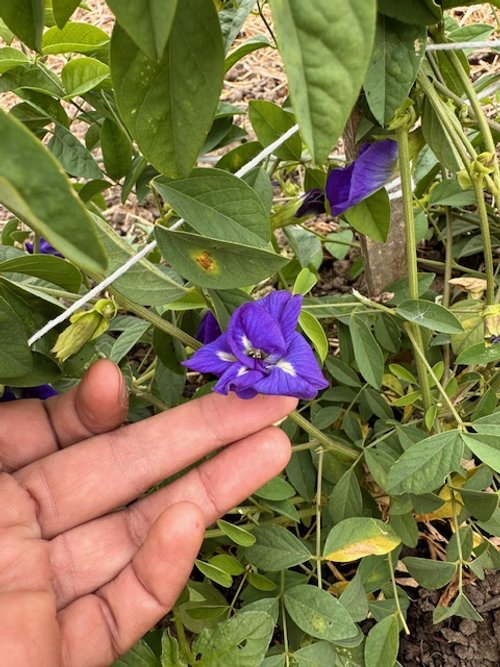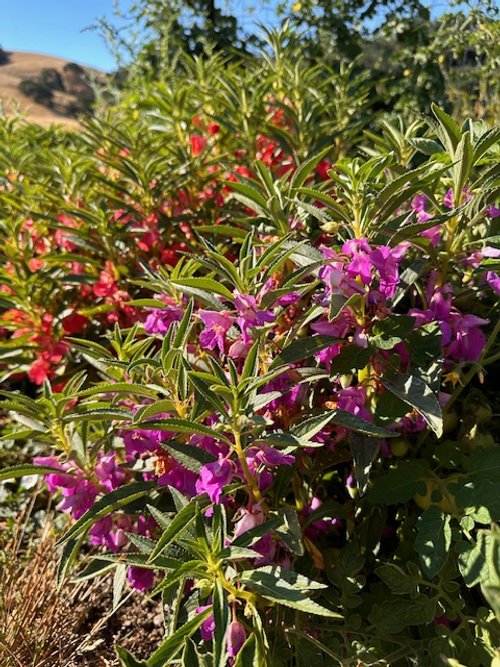 Image 1 of 5
Image 1 of 5

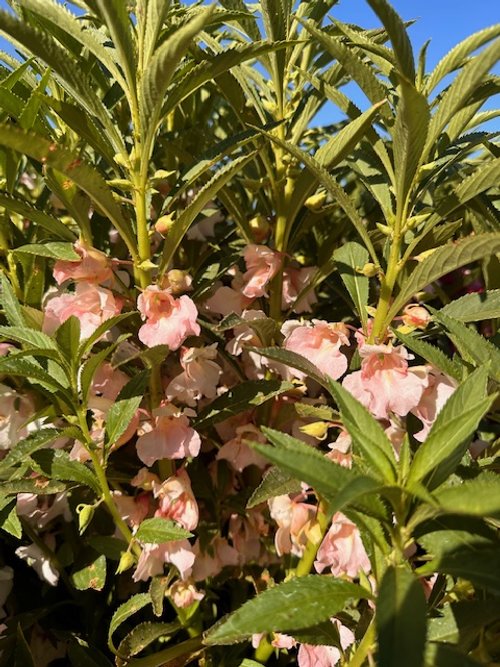 Image 2 of 5
Image 2 of 5

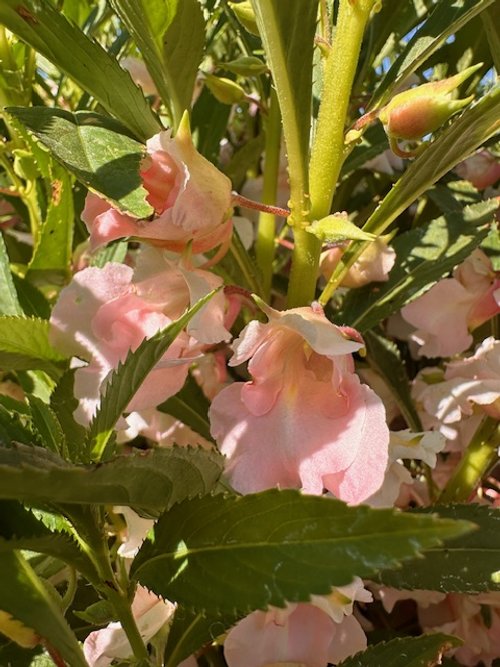 Image 3 of 5
Image 3 of 5

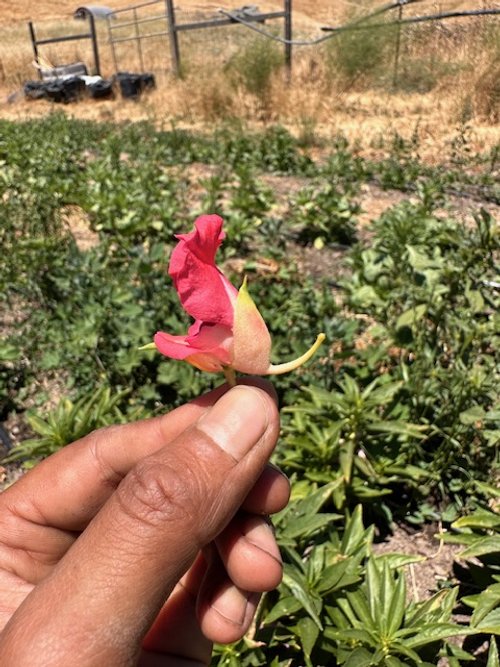 Image 4 of 5
Image 4 of 5

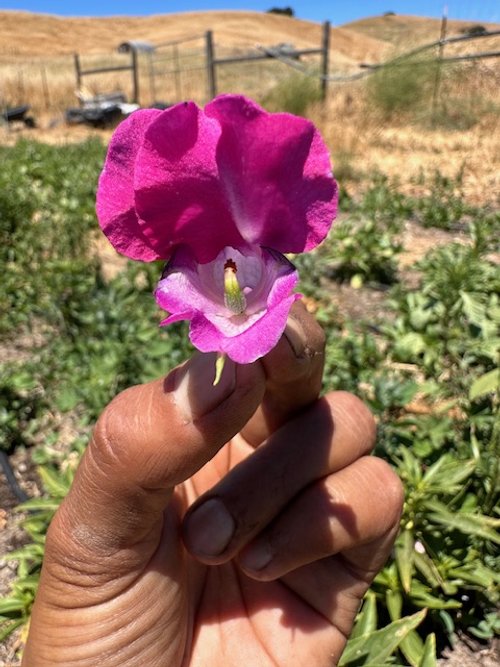 Image 5 of 5
Image 5 of 5






Garden Balsam
Colorful blooms in pink, lavender, red, rose and white. Bushy plants, between 2-3 feet tall, have large, bright green edible leaves. Young greens make a delicious, slightly mustardy cooked green. Flowers are stunning and continue to bloom for 4+ weeks. Each plant requires 12” spacing at least. Plant can grow in full sun all the way to part shade.
Balsam (Impatiens Balsamina) also known as touch-me-not or garden balsam, is an annual flowering plant native to the tropical regions of India, Myanmar, Sri Lanka and Bangladesh.
Flowers are known as Gul-Mehandi" (गुल मेहंदी) in Hindi and used in Pujas. In South Asia, the flowers are ground into a paste to apply to burns. The leaves and flowers have a long history of medicinal uses. In Nepal, China and Korea the balsam leaves and flowers are crushed and mixed with alum to dye fingernails.
Balsam is a fun, easy plant to watch grow in the garden. Typically a no fuss plant, growing prolifically throughout the summer. The seed pods ripen up on the plant and explode when fully ripe, spreading the seeds with it. Even the slightest touch on a dried pod can cause it to blow, distributing all those seeds onto the soil surface, right where they want to be. (Thus, the genus name, Impatiens, comes from the Latin word meaning “impatient.”) As a result, plant can reseed itself for years after being planted once.
60 seeds per packet.
Colorful blooms in pink, lavender, red, rose and white. Bushy plants, between 2-3 feet tall, have large, bright green edible leaves. Young greens make a delicious, slightly mustardy cooked green. Flowers are stunning and continue to bloom for 4+ weeks. Each plant requires 12” spacing at least. Plant can grow in full sun all the way to part shade.
Balsam (Impatiens Balsamina) also known as touch-me-not or garden balsam, is an annual flowering plant native to the tropical regions of India, Myanmar, Sri Lanka and Bangladesh.
Flowers are known as Gul-Mehandi" (गुल मेहंदी) in Hindi and used in Pujas. In South Asia, the flowers are ground into a paste to apply to burns. The leaves and flowers have a long history of medicinal uses. In Nepal, China and Korea the balsam leaves and flowers are crushed and mixed with alum to dye fingernails.
Balsam is a fun, easy plant to watch grow in the garden. Typically a no fuss plant, growing prolifically throughout the summer. The seed pods ripen up on the plant and explode when fully ripe, spreading the seeds with it. Even the slightest touch on a dried pod can cause it to blow, distributing all those seeds onto the soil surface, right where they want to be. (Thus, the genus name, Impatiens, comes from the Latin word meaning “impatient.”) As a result, plant can reseed itself for years after being planted once.
60 seeds per packet.
Colorful blooms in pink, lavender, red, rose and white. Bushy plants, between 2-3 feet tall, have large, bright green edible leaves. Young greens make a delicious, slightly mustardy cooked green. Flowers are stunning and continue to bloom for 4+ weeks. Each plant requires 12” spacing at least. Plant can grow in full sun all the way to part shade.
Balsam (Impatiens Balsamina) also known as touch-me-not or garden balsam, is an annual flowering plant native to the tropical regions of India, Myanmar, Sri Lanka and Bangladesh.
Flowers are known as Gul-Mehandi" (गुल मेहंदी) in Hindi and used in Pujas. In South Asia, the flowers are ground into a paste to apply to burns. The leaves and flowers have a long history of medicinal uses. In Nepal, China and Korea the balsam leaves and flowers are crushed and mixed with alum to dye fingernails.
Balsam is a fun, easy plant to watch grow in the garden. Typically a no fuss plant, growing prolifically throughout the summer. The seed pods ripen up on the plant and explode when fully ripe, spreading the seeds with it. Even the slightest touch on a dried pod can cause it to blow, distributing all those seeds onto the soil surface, right where they want to be. (Thus, the genus name, Impatiens, comes from the Latin word meaning “impatient.”) As a result, plant can reseed itself for years after being planted once.
60 seeds per packet.

